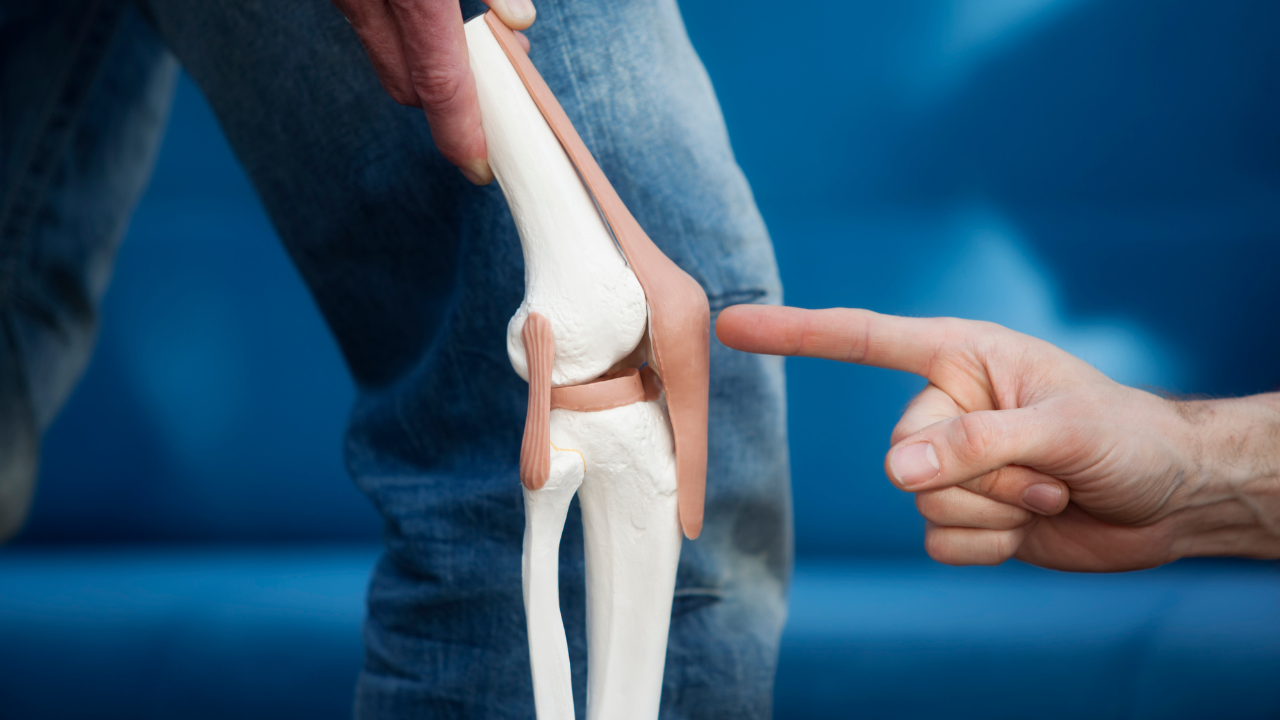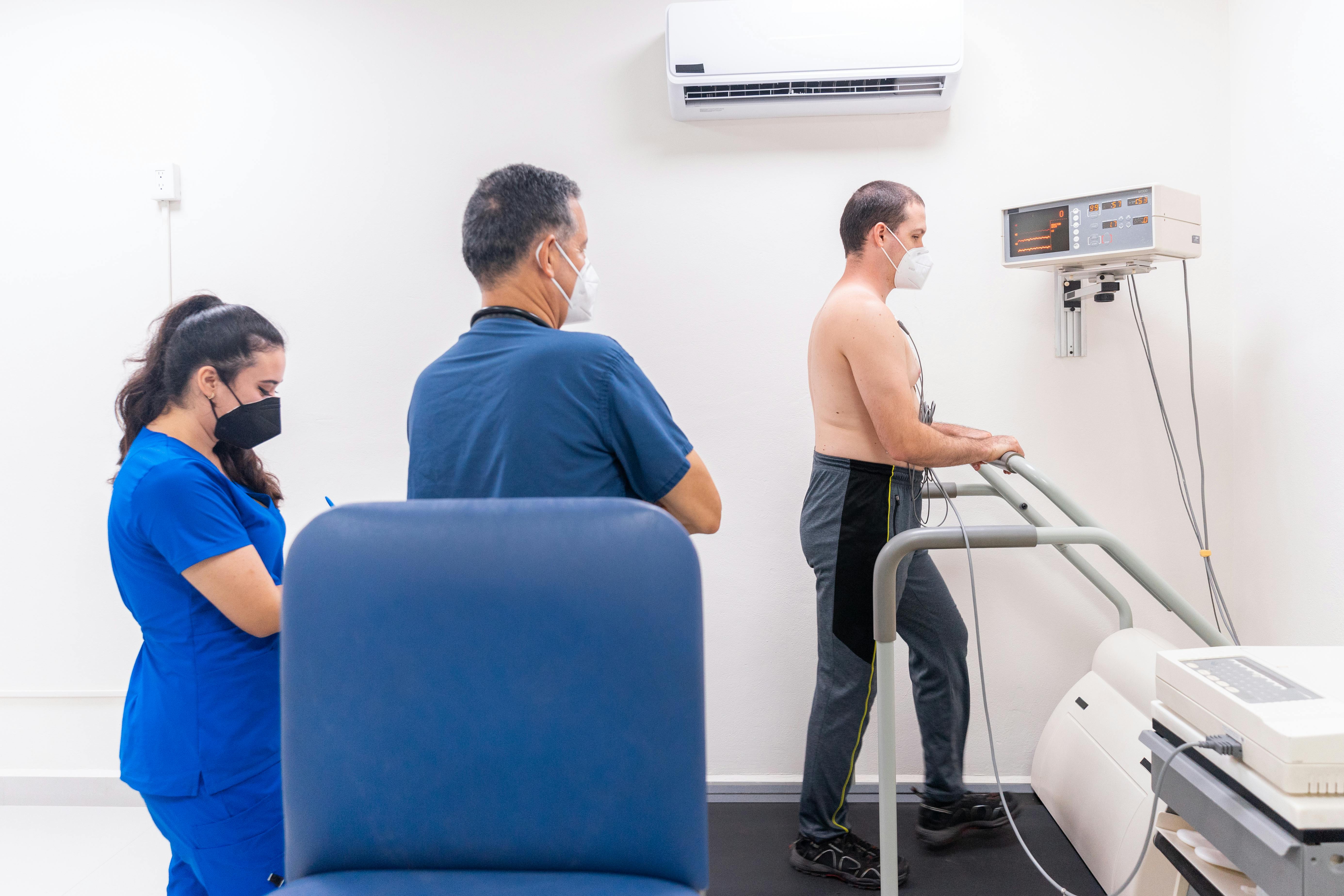What Is Sciatica, and Which Treatments Help Most?

Sciatica is one of the most common causes of lower back and leg pain, affecting millions of people worldwide. This condition can make daily activities like walking, sitting, or even standing a painful challenge. Understanding sciatica and exploring the most effective treatments can make a significant difference in managing and relieving this discomfort.
In this blog, we’ll provide a complete guide to sciatica—its symptoms, causes, and the best treatment options available to help you regain control of your life.
1. What Is Sciatica?
Sciatica refers to pain caused by irritation or compression of the sciatic nerve, the largest nerve in the body. This nerve runs from the lower back through the hips and buttocks and down each leg.
Types of Sciatica
Sciatica can be classified into two main types based on the duration and underlying causes of the pain. Each type requires a different approach to treatment, and understanding the distinction is key to managing the condition effectively.
Acute Sciatica: This is a short-term condition lasting a few weeks, often triggered by injuries, muscle strains, or herniated discs. It typically improves with rest, medications, and physical therapy.
Chronic Sciatica: This refers to long-lasting pain persisting for over three months, usually caused by degenerative conditions like spinal stenosis or spondylolisthesis. Chronic sciatica often requires advanced treatments and long-term lifestyle adjustments for management.
What Causes Sciatica?
Sciatica typically occurs when the sciatic nerve is compressed or irritated. The most common causes include:
- Herniated Disc: A bulging or ruptured disc pressing on the nerve.
- Spinal Stenosis: Narrowing of the spinal canal that puts pressure on the nerve roots.
- Piriformis Syndrome: Spasm or tightness in the piriformis muscle, located near the sciatic nerve.
- Spondylolisthesis: A vertebra slipping out of position, narrowing the spinal canal.
- Other contributing factors include poor posture, obesity, and lack of physical activity.
What Are Symptoms of Sciatica
Sciatica symptoms can vary in intensity but typically involve pain and discomfort along the sciatic nerve, which runs from the lower back through the hips and down each leg. The pain is often one-sided and can range from a mild ache to sharp, shooting pain that makes movement difficult. Other associated symptoms may affect mobility and daily activities.
- Radiating Pain: Pain that travels from the lower back to the buttocks, thighs, and legs, often on one side.
- Tingling Sensation: A pins-and-needles feeling in the affected leg or foot.
- Numbness: Loss of sensation in the leg or foot, making it difficult to feel touch or pressure.
- Weakness: Muscle weakness in the leg or foot, sometimes causing difficulty walking or standing.
- Worsened Pain with Movement: Increased pain when sitting, bending, or standing for long periods.
What Are the Risk Factors for Sciatica?
Certain factors can increase the likelihood of developing sciatica, such as:
- Age: Age-related spinal changes like herniated discs or arthritis.
- Occupation: Jobs that require heavy lifting, prolonged sitting, or repetitive motions.
- Sedentary Lifestyle: Weak muscles and lack of exercise can strain the spine.
- Diabetes: Can increase the risk of nerve damage, including the sciatic nerve.
Understanding these risk factors can help you take preventive measures to avoid sciatica.
How Is Sciatica Diagnosed?
Doctors use a combination of medical history, physical exams, and imaging tests to diagnose sciatica.
The diagnostic process includes:
- Medical History: Questions about the onset of symptoms, triggers, and pain patterns.
- Physical Exam: Testing reflexes, strength, and flexibility to identify affected areas.
- Imaging Tests: X-rays, MRI, or CT scans to pinpoint the exact cause of nerve compression.
- These steps ensure an accurate diagnosis and the right treatment plan.
Which Non-Surgical Treatments Help Most with Sciatica?
Most cases of sciatica can be effectively managed with non-surgical treatments.
Common options include:
Physical Therapy:
Targeted exercises to strengthen the back and core muscles, combined with stretching techniques to relieve nerve pressure.
Medications:
Over-the-counter pain relievers like ibuprofen or acetaminophen can reduce inflammation and pain. For severe cases, doctors may prescribe muscle relaxants or stronger anti-inflammatory drugs.
Heat and Cold Therapy:
Alternating heat and ice packs can relax tight muscles and reduce inflammation around the sciatic nerve.
Lifestyle Adjustments:
Simple changes, such as improving posture, setting up an ergonomic workstation, and engaging in regular light exercise, can provide relief and prevent further strain.
Epidural Steroid Injections:
Minimally invasive injections deliver anti-inflammatory medication directly to the affected area, reducing pain and swelling.
What Are the Surgical Options for Severe Sciatica?
Surgery is considered only when non-surgical treatments fail to provide relief, or in cases of severe nerve compression.
Surgical options include:
- Microdiscectomy: Removal of a herniated disc fragment pressing on the sciatic nerve.
- Laminectomy: Widening of the spinal canal to relieve nerve pressure.
- These procedures are highly effective for resolving severe cases of sciatica, especially when accompanied by significant mobility issues or nerve damage.
Which At-Home Remedies Can Help Relieve Sciatica Pain?
Simple remedies at home can complement professional treatments and provide additional relief.
Try these methods:
- Gentle stretching exercises, such as yoga, to ease tension in the lower back and legs.
- Alternating heat and ice therapy to soothe the affected area.
- Maintaining proper posture while sitting or standing to reduce strain on the sciatic nerve.
- Engaging in low-impact activities like swimming or walking to stay active without aggravating symptoms.
How Long Does Sciatica Take to Heal?
The healing time for sciatica depends on the severity of the condition and the treatment approach.
- Mild Cases: Often resolve within 4–6 weeks with proper care.
- Chronic Cases: May require ongoing management, including physical therapy or lifestyle changes.
- Following your doctor’s advice and sticking to a treatment plan can help speed up recovery.
How to Prevent Sciatica from Coming Back?
Preventive measures can reduce the chances of sciatica recurring.
Tips for prevention:
- Stay Active: Regular physical activity strengthens the muscles supporting your spine.
- Weight Management: Maintaining a healthy weight reduces stress on your lower back.
- Practice Proper Lifting Techniques: Bend your knees and keep your back straight when lifting heavy objects.
- Set Up an Ergonomic Workspace: Use a supportive chair and position your desk at the right height.
12. Conclusion:
Sciatica can be a painful and disruptive condition, but it’s also highly treatable. By understanding the causes, exploring treatment options, and making simple lifestyle changes, you can find relief and prevent future episodes.
If you’re struggling with sciatica, consult a healthcare provider at Texas Spine and pain to create a personalized plan. Take the first step toward a pain-free life today.
FAQs About Sciatica and Its Treatments
- How to fix a sciatic nerve?
Most cases can be treated with physical therapy, medications, and lifestyle changes. In severe cases, surgery may be required.
- What is the main cause of sciatica?
The most common cause is a herniated disc pressing on the sciatic nerve.
- Is sciatica curable?
Yes, many cases are successfully treated with non-surgical methods, though chronic cases may require long-term management.
- How to cure sciatica permanently?
Combining professional treatments with preventive strategies like exercise, weight management, and proper posture can significantly reduce the risk of recurrence.
- Can sciatica come back after treatment?
Yes, especially if underlying issues like poor posture or weak muscles are not addressed.
Medical Disclaimer
This article is intended for informational purposes only and is not a replacement for professional medical advice. Always consult a qualified healthcare provider regarding your specific condition and treatment options
Note: IndiBlogHub features both user-submitted and editorial content. We do not verify third-party contributions. Read our Disclaimer and Privacy Policyfor details.







